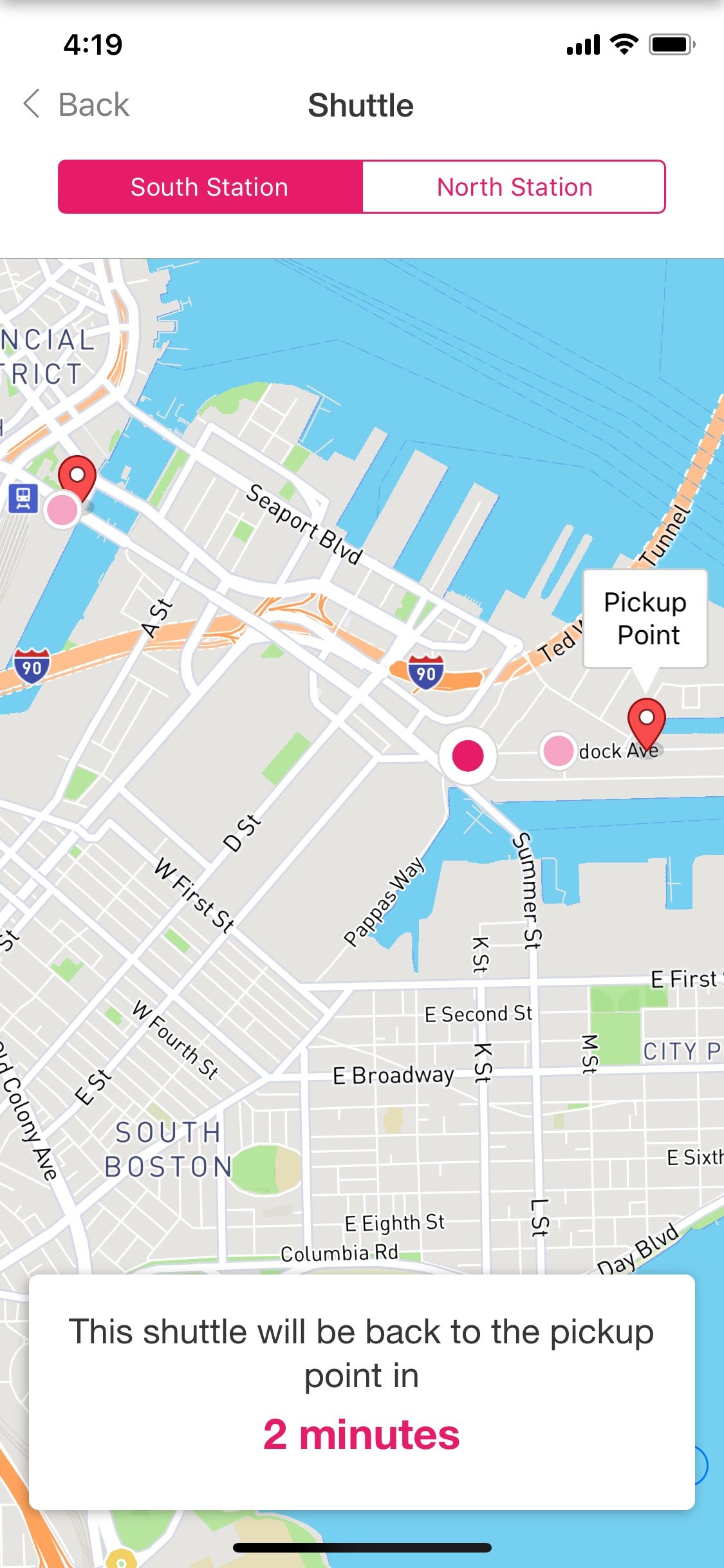A recent study from Colliers International recommends that commercial office owners should, as a baseline, allocate approximately 10% of their rentable square footage to amenities. For those who are trying to attract highly south-after tenants, they should reserve 12% or more.
Thus, as landlords are always trying to attract and retain the best tenants, they will need to develop amenity packages that can compete.
Here at HqO, we certainly subscribe to the notion that amenities are a critical piece of attracting and retaining tenants, but we know that attracting tenants is about more than just having the craziest or the most amenities, it’s about creating a tailored workplace experience.
What we mean by this, is that you can have the coolest or biggest “wow” factor amenities (golf simulators, nap pods) but if they are not engrained in the day-to-day life of a tenant, they will fall flat. The best office amenities are not the flashy, PR-friendly items, they’re utilities that make the actions we take every day as professionals easier and more streamlined.
This is where technology, and more specifically, mobile software, can change the office amenity game. Properly developed tenant software will become the key access point for experiencing physical space.
Perhaps even more importantly, for landlords, it is the key to owning a direct relationship with their customers.
From our work with landlords and property managers, we’ve consistently seen three major areas where technology can enhance office amenities: transportation, commerce, and communication.
Transportation
Getting to and from work is a part of just about every single professional’s life. One of the first thing a broker or property owner will tell you is about how accessible their building is or how close it is to critical landmarks. Location, location, location.
From a tenant’s perspective, “accessible” typically means that you can walk, drive, train, or shuttle (or some combination) to and from your place of work. Still, all of these means of transportation come with their own set of complications. Trains can be late, traffic can vary (but sucks regardless), and shuttles off schedule.
Fortunately, all these means of transportation typically have relevant data associated with them, and they can be deliver, in real-time, to tenants.
HqO does this very thing at Jamestown’s Innovation & Design building in Boston. Jamestown provides a shuttle to the building, but people still had a tough time tracking it down and knowing exactly when they need to be where. Now, thanks to HqO, their tenants know exactly where the shuttle is and when they need to catch it.

This same concept can be applied to any form of public transit data.
Commerce
Once someone is actually in your building, things like where they get their coffee and where they go to lunch become the focus of the tenant experience.
Having great onsite retail makes things very easy and efficient for tenants, but if it’s actually good food, chances are there’s a huge line.
Developing systems and tools that allow tenants to order ahead or skip lines gives tenants valuable time back in their day and provides an incredible costumer experience.
If you’re not completely sold, look at Sweetgreen. This year they reached over 1 million users on their app with over 50% of orders processed through said app or online. The fast-casual salad chain’s online ordering revenue is increasing at a rate of 80% year-over-year.
Communication
Thanks to some awesome research and work from HqO’s very own Katie Sullivan, we know that the typical tenant has absolutely no idea who their landlord is. In fact, 71% of tenants don’t even know their landlord company name.
Most landlords or property managers have an office manager’s email address or maybe the CFO at a tenant company, but that’s about as far as the digital forms of communication go. Outside of that, the only means of passing information is through monthly or quarterly newsletters, posters on walls, and screens in elevators.
Those means of communication might catch some eyes, but when you’re dedicating at least 12% of your rentable square feet to the amenities and programming designed to attract and retain tenants, hoping someone might see something is unacceptable.
Fortunately, there’s a device your tenants are checking somewhere around 150 times per day, and it goes with them everywhere they go. Mobile apps allow landlords to send targeted messages to the tenants in their building based on their interests or even just general building announcements.
Ultimately, the way people work is changing, the demand for amenities is real, and so to is the incredible amount of investment pouring into this market. Technology, specifically mobile technology, is becoming the key access point for experiencing physical space and the amenities that go along with it.


